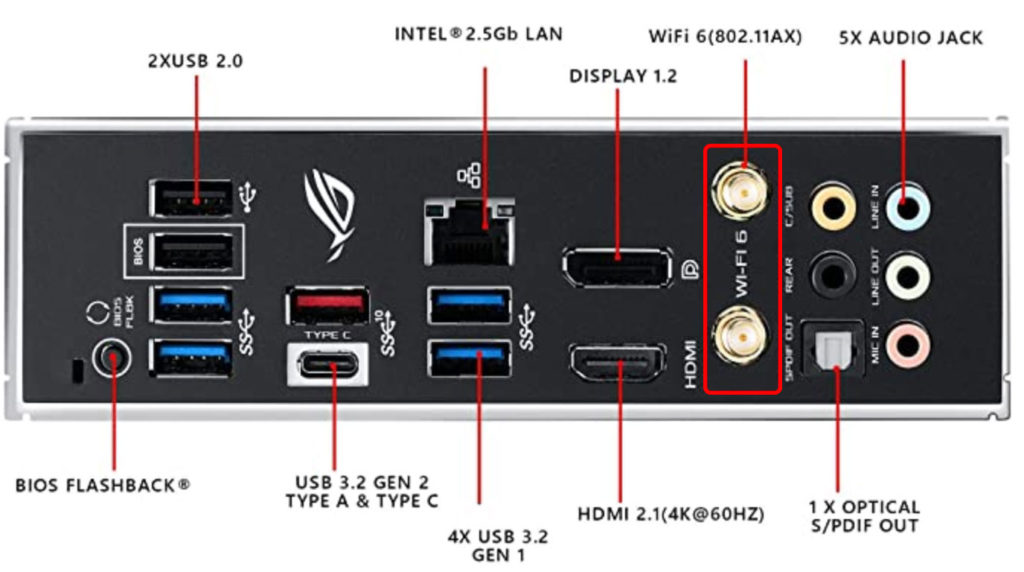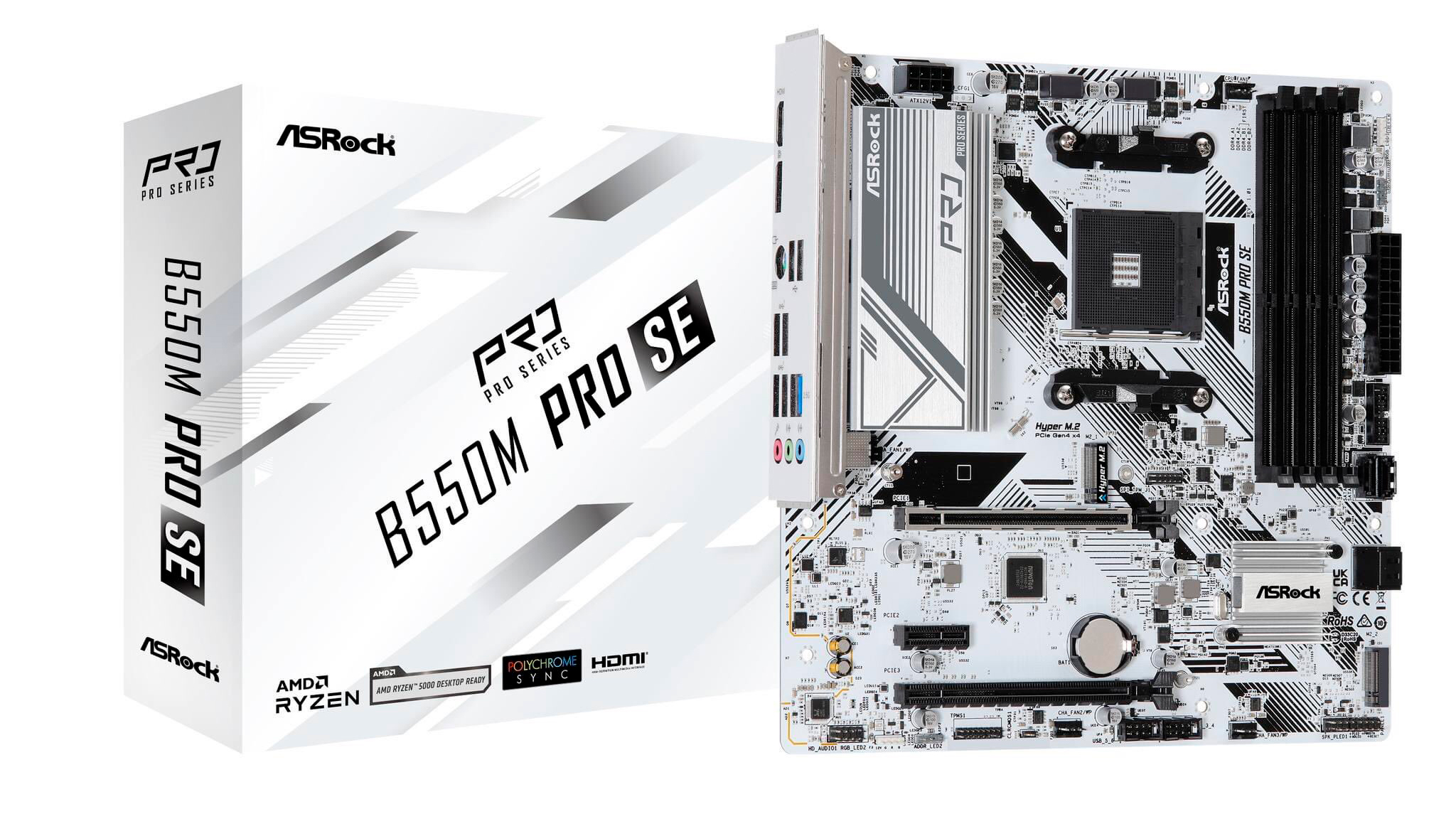Knowing the role of your motherboard can significantly impact how you optimize and maintain your computer system. As the backbone of your PC, the motherboard connects all essential components, making it one of the most critical parts of any computer setup. This article will explore the intricacies of motherboards, helping you identify yours and understand its importance in enhancing your system's performance.
Ever wondered what ties all the hardware components of your computer together? Your motherboard serves as the central foundation that connects everything. Whether you're upgrading your system, troubleshooting issues, or simply curious about what makes your computer function, understanding your motherboard is vital for ensuring smooth operation.
In this article, we will provide an in-depth exploration of motherboards, including how to identify yours, the various types available, and why they matter in building or maintaining a high-performance system. Let's dive deeper!
Read also:Will Smiths Next Adventure Gemini Man Looks Like Pure Thrills
Table of Contents
- What is a Motherboard?
- How to Identify Your Motherboard
- Types of Motherboards
- Key Components of a Motherboard
- Choosing the Right Motherboard
- Compatibility Considerations
- Motherboard Upgrade Guide
- Troubleshooting Common Motherboard Issues
- Maintenance Tips for Your Motherboard
- Conclusion
What is a Motherboard?
A motherboard is the primary circuit board within a computer that connects all the crucial hardware components. Acting as the central hub, it enables seamless communication between the CPU, RAM, storage drives, graphics card, and peripherals. Without a motherboard, your computer would not function, as it facilitates the interaction between all the essential parts.
Functions of a Motherboard
The motherboard performs several critical functions that are essential for the smooth operation of your computer:
- Serves as the platform for connecting the CPU, RAM, storage, and other components, ensuring they work harmoniously.
- Facilitates efficient communication between hardware components, enabling data to flow seamlessly across the system.
- Hosts the BIOS/UEFI firmware, which manages hardware initialization during the boot process, ensuring a stable startup experience.
- Supplies power to the CPU and other components via dedicated connectors, ensuring all parts receive the necessary energy to function.
Understanding the motherboard's role is essential for anyone looking to build, upgrade, or repair their computer, as it directly impacts system performance and stability.
How to Identify Your Motherboard
Identifying your motherboard is a crucial step if you're planning to upgrade your system or troubleshoot hardware issues. Knowing your motherboard's specifications can help you make informed decisions about your computer's performance and compatibility. Here's how you can determine what your motherboard is:
Using the BIOS/UEFI
Accessing your computer's BIOS or UEFI settings can provide detailed information about your motherboard. Follow these simple steps:
- Restart your computer and press the designated key to enter BIOS/UEFI (commonly F2, Del, or Esc).
- Once inside, navigate to the "Main" or "System Information" section.
- Here, you'll find comprehensive details, including the motherboard model, manufacturer, and other relevant specifications.
Using Software Tools
Several user-friendly software tools can help you identify your motherboard without needing to access the BIOS:
Read also:How Freddie Prinze Jr Became The Man He Is Today Thanks To His Uncle
- CPU-Z: A widely used utility that provides detailed information about your motherboard, CPU, and other components, offering a quick and efficient way to gather system data.
- Speccy: Another popular tool that offers a comprehensive overview of your system's hardware, making it easy to identify your motherboard and other critical components.
These tools are not only convenient but also save time, providing accurate information at your fingertips.
Types of Motherboards
Motherboards come in various sizes and configurations, each tailored for specific purposes. Understanding the different types can help you choose the best option for your needs:
Form Factors
The form factor refers to the physical size and layout of the motherboard, which determines its compatibility with different computer cases:
- ATX: The standard size for desktops, offering ample space for expansion slots and connectors, making it ideal for high-performance builds.
- mATX: A smaller version of ATX, suitable for mid-tower cases with fewer expansion options, providing a balance between performance and compactness.
- mini-ITX: The smallest form factor, ideal for compact builds and portable systems, perfect for users who prioritize space over extensive upgrades.
Purpose-Specific Motherboards
Some motherboards are designed for specific uses, catering to the needs of different users:
- Gaming Motherboards: Equipped with advanced features such as high-speed memory support, multiple PCIe slots, and enhanced cooling solutions, these motherboards are optimized for high-performance gaming.
- Workstation Motherboards: Built for professional applications, offering enhanced stability, reliability, and support for ECC memory, making them ideal for demanding tasks like video editing and 3D rendering.
Selecting the right type of motherboard depends on your intended use, system requirements, and available space within your computer case.
Key Components of a Motherboard
A motherboard consists of several critical components that work together to ensure smooth system operation. Understanding these components can help you make informed decisions when building or upgrading your system:
Central Processing Unit (CPU) Socket
The CPU socket is where your processor connects to the motherboard, making it one of the most crucial components. Ensuring compatibility between your motherboard and CPU is essential for optimal performance and stability.
Random Access Memory (RAM) Slots
RAM slots allow you to install memory modules, which play a vital role in system performance. The number and type of slots depend on the motherboard's design, with modern motherboards supporting various types of RAM, such as DDR4 and DDR5.
Storage Connectors
Modern motherboards support a wide range of storage interfaces, including SATA, M.2, and NVMe, enabling you to connect multiple drives for increased storage capacity and faster data transfer speeds.
Having a clear understanding of these components can help you make better decisions when selecting or upgrading your motherboard, ensuring your system meets your performance needs.
Choosing the Right Motherboard
Selecting the appropriate motherboard for your needs requires careful consideration of several factors. Here's what you should keep in mind:
Compatibility with Your CPU
Ensure that your motherboard's CPU socket matches your processor's specifications. For example, Intel and AMD processors require different socket types, so compatibility is key to avoiding potential issues.
Expansion Options
Consider the number of PCIe slots and other expansion ports available. This is crucial if you plan to add graphics cards, sound cards, or other peripherals, as it directly impacts the flexibility and future-proofing of your build.
Budget and Features
Set a budget and prioritize the features that matter most to you, such as Wi-Fi capabilities, onboard audio quality, and thermal management solutions. Balancing cost with functionality ensures you get the best value for your money.
By carefully evaluating these factors, you can choose a motherboard that not only meets your current needs but also supports future upgrades and enhancements.
Compatibility Considerations
When building or upgrading a computer, ensuring compatibility is essential to avoid potential issues down the line. Here are some key considerations:
CPU and Chipset Compatibility
Your motherboard's chipset determines which CPUs it supports, so always check the manufacturer's specifications to ensure compatibility. This step is crucial for avoiding compatibility issues that could hinder your system's performance.
RAM Type and Speed
Verify that your motherboard supports the type and speed of RAM you intend to use. DDR4 and DDR5 are common standards, but they are not interchangeable, so choosing the right type is critical for optimal performance.
Power Supply Requirements
Ensure your power supply unit (PSU) meets the wattage and connector requirements of your motherboard and other components. A compatible PSU ensures stable power delivery, preventing potential damage to your system.
Addressing these compatibility considerations early in the process can save you time and effort, ensuring a smooth and hassle-free build.
Motherboard Upgrade Guide
Upgrading your motherboard can significantly enhance your system's performance, providing access to newer technologies and features. Follow these steps for a smooth and successful upgrade:
Backup Your Data
Before beginning the upgrade process, back up all important files to an external drive or cloud storage to prevent data loss. This precaution ensures you don't lose any critical information during the upgrade.
Disconnect Power and Peripherals
Turn off your computer, unplug the power cord, and disconnect all peripherals to ensure safety during the upgrade. This step minimizes the risk of electrical damage and ensures a secure working environment.
Install the New Motherboard
Follow the manufacturer's instructions carefully to install the new motherboard, ensuring all components are properly connected and secured. Double-check all connections to avoid potential issues during the first boot.
Upgrading your motherboard can breathe new life into your system, offering improved performance and capabilities, but it requires careful planning and execution to ensure success.
Troubleshooting Common Motherboard Issues
Motherboard problems can manifest in various ways, affecting your system's stability and performance. Here are some common issues and their solutions:
POST Errors
If your computer fails to boot, check the POST (Power-On Self-Test) error codes displayed on the screen or via the BIOS. These codes can help diagnose hardware issues, providing valuable insights into potential problems.
Overheating
Ensure proper cooling by regularly cleaning dust from the motherboard and checking that all fans are functioning correctly. Upgrading thermal paste can also improve cooling efficiency, preventing overheating and component failure.
Component Failures
If specific components fail, try reseating them or testing them in another system to identify the problem. This step can help pinpoint the source of the issue, allowing for targeted repairs or replacements.
Promptly addressing these issues can prevent further damage to your system, ensuring long-term stability and performance.
Maintenance Tips for Your Motherboard
Proper maintenance extends the lifespan of your motherboard and ensures optimal performance. Here are some tips to keep your motherboard in top condition:
Regular Cleaning
Periodically clean dust and debris from your motherboard using compressed air. This simple step prevents overheating and component failure, maintaining a clean and efficient system.
Firmware Updates
Keep your motherboard's BIOS/UEFI firmware up to date to benefit from the latest features and improvements. Regular updates can enhance performance, stability, and compatibility with new hardware.
Temperature Monitoring
Use monitoring software to keep an eye on your motherboard's temperature, ensuring it stays within safe limits. Monitoring temperature can help prevent overheating and potential damage to critical components.
By following these maintenance tips, you can ensure your motherboard remains in top condition, providing reliable performance for years to come.
Conclusion
In conclusion, understanding the role of your motherboard and how it functions is essential for anyone involved in computer building, maintenance, or troubleshooting. From identifying your motherboard to selecting the right one for your needs, this guide has provided comprehensive insights into the world of motherboards.
We encourage you to take action by exploring your system's motherboard and considering upgrades if necessary. Share your thoughts and experiences in the comments below, and don't forget to explore other articles on our site for more valuable information. Happy computing!


